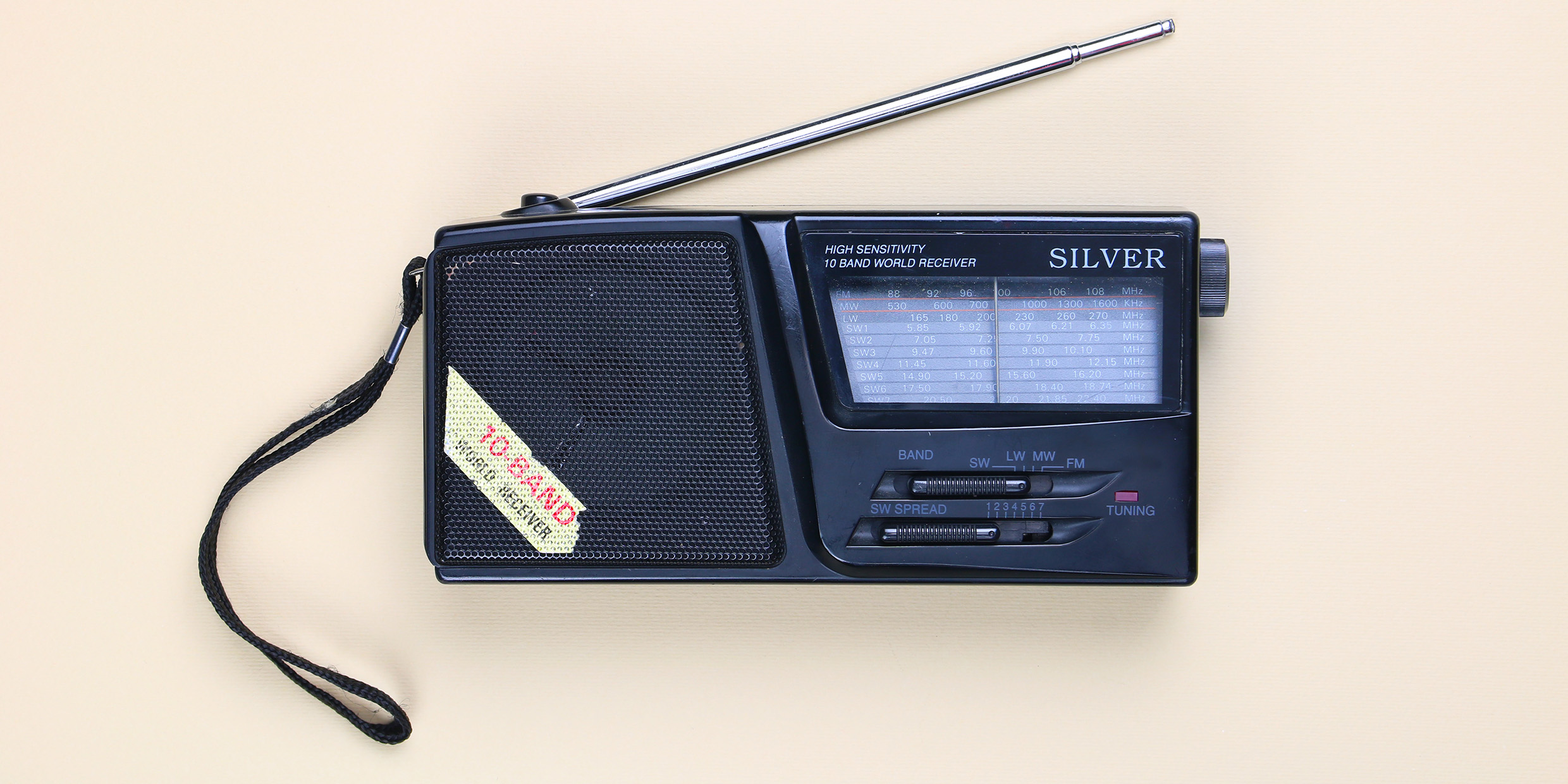Originally published 3 October 1988
If someone tells you the age of miracles is past, don’t believe it.
Of course, there are miracles and there are miracles. The miracles I’m talking about are those that are perfectly consistent with nature’s laws. Like a 747 jumbo jet taking to the air.
I understand the physics of flight. I can use Bernoulli’s equation to calculate the pressure of moving air on the top and bottom surfaces of the wings, and I know the pounds-per-square-inch difference is enough to hold up the plane. But every time I enter a 747 I’m convinced it will never leave the ground. That it does is a miracle.
Or genes. In every cell of my body there is a complete blueprint for making another me, stored on DNA molecules. I’ve seen electron micrographs of those cobwebby DNA structures in cell nuclei. The total length of DNA in each cell is about as long as my arm — three feet of genetic string in each of trillions of individually invisible cells. If you unraveled my body like a ball of twine there’s enough DNA to reach to the moon and back 10,000 times. I can work this out on paper, but it’s still a miracle.
And the biggest miracle is radio.
I have a little multi-band radio receiver in my office. By poking the right buttons I can listen to the Berlin Philharmonic play Beethoven, or hear a Russian commentator read an English version of the news, or join a BBC guide on a tour of Canterbury Cathedral, or, when conditions are right, tune in to pop music from Australia. And that’s on top of a lively selection of broadcasts from New England.
A sea of radio waves
We live in a sea of radio waves. Right now, Mozart piano concertos and Scott Joplin rags are coursing through my body. I share my office with the voices of Bruce Springsteen, Madonna, Hank Williams, Frank Sinatra — invisible, unheard voices, passing by at the speed of light. I can turn them into sound with a little box of electronics.
Pictures too. The Olympics, the presidential campaign, foreign wars, natural calamities. The air quavers with television images, borne on oscillations of incredible swiftness. No, it is not the air that quavers, for these invisible radiations leave the atmosphere of Earth and pass without diminishment into the vacuum of space. It is space itself that quavers, at frequencies of millions of oscillations a second. All space — this house, this room, the cavities of my heart — magically, miraculously tremulous with sights and sounds encoded as modulations of electromagnetic waves.
Electromagnetic waves were predicted theoretically by the Scottish physicist James Clerk Maxwell in 1864. Twenty-two years later they were experimentally demonstrated by the German Heinrich Hertz, who in effect made the first radio broadcast and reception.
At Hertz’s transmitter a spark jumped back and forth between two metal spheres 50 million times a second. Across the room a similar spark was instantly produced at the receiver. Invisible electrical energy had passed through space at the speed of light.
A tiny spark dancing between two spheres: It was an unpretentious beginning for the age of radio and television. Replicas of Hertz’s experimental apparatus are currently on display at the MIT Museum (the replicas were built in the late l920s by German model-maker Julius Orth, working from the originals).
The first transmitter and receiver have a basement-workshop simplicity about them. Hertz proved the existence of electromagnetic waves with constructions of wood, wire, string, and sealing wax.
As Maxwell predicted and Hertz confirmed, electromagnetic waves move at the same speed as light. A remarkable conclusion suggested itself: Perhaps light is an electromagnetic wave, and optics only a branch of the theory of electricity. Hertz brilliantly demonstrated the logic of this conclusion. He showed that radio waves reflect and refract like light. They can be polarized like light. They move at the speed of light. The only difference between light and radio waves is the wavelength of the oscillations.
A thumbnail full of light waves
Twenty thousand light waves will fit across your thumbnail. Hertz’s original radio waves were 20 feet long (later, two feet), and his equipment was correspondingly large. His focusing reflectors, refractor, polarizer, coaxial transmission line, and other apparatus fill the room at the MIT Museum like stage props from some 19th century opera.
They are beautiful in an antique sort of way — yellow varnish, tarnished metal, the patina of old crusty wax. They take us back to the day when a clever fellow with a halfway-decent workshop and a knack for construction could unravel mysteries of the cosmos. By demonstrating the connection between light and electricity, Hertz completed the greatest unification in physics since Newton’s theory of universal gravitation.
In recognition of his achievement, Hertz’s name has been adopted as the international unit for frequency; a Hertz is an oscillation of one cycle per second. As I write, Robert J. Lurtsema’s Morning Pro Musica enters my room riding a wave that oscillates at 89.7 megaHertz. From a roomful of invisible oscillations at hundreds of different frequencies my little receiver picks out just the right wave and converts its modulations into sound. At the moment, it’s a Bach harpsichord concerto, passing by at the speed of light, caught on the wing.
A miracle.



